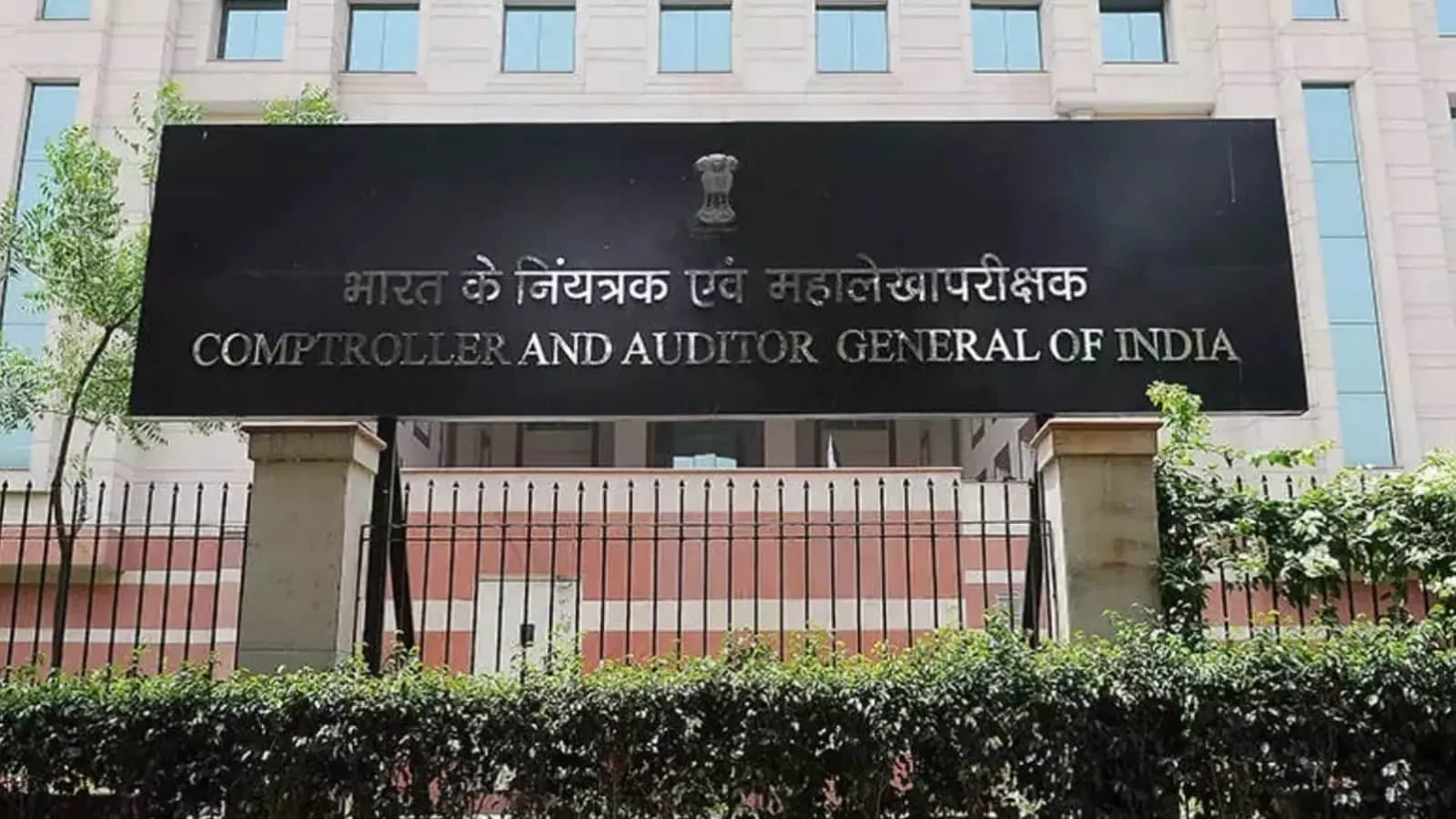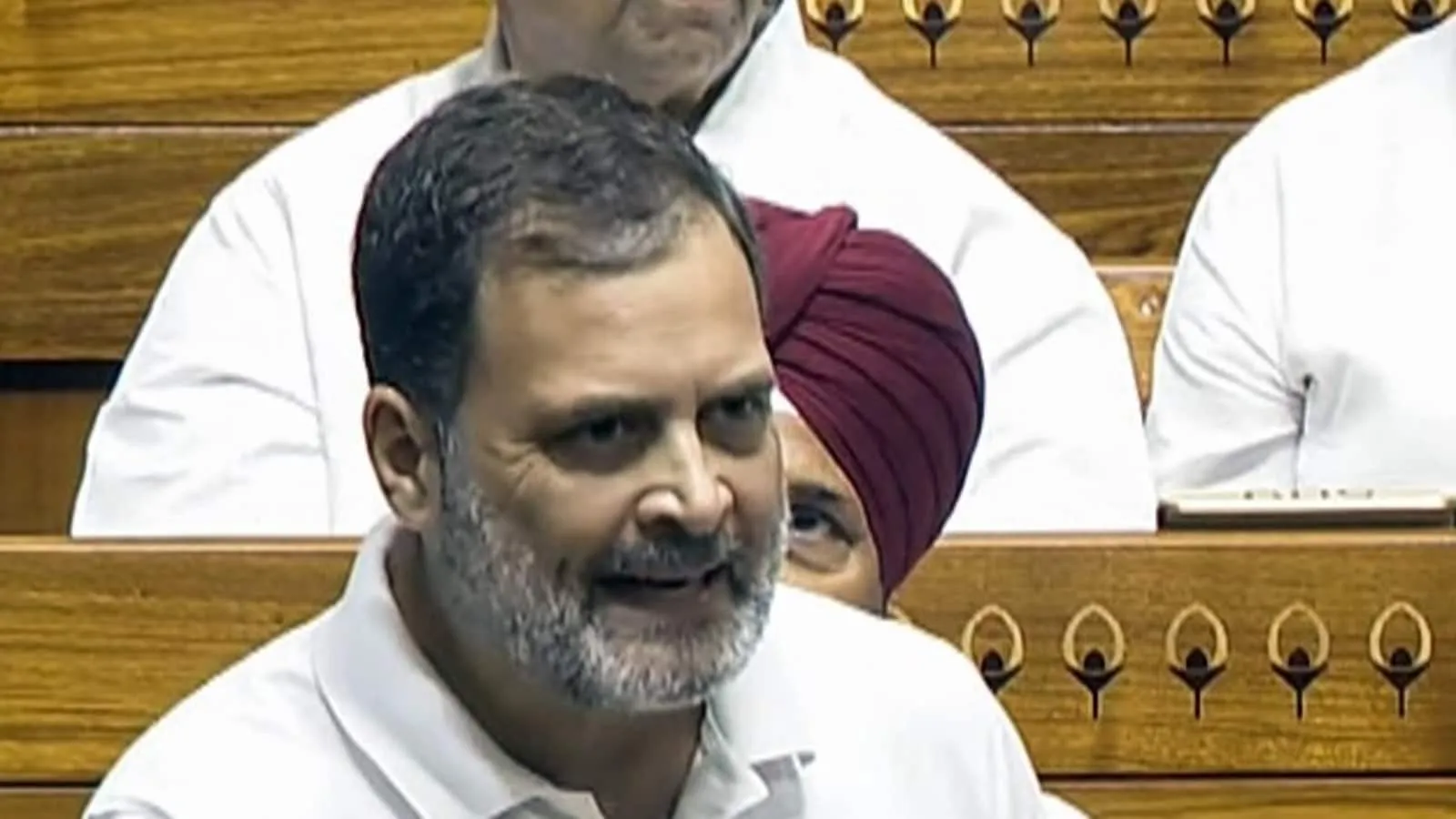The Hurdles of Accessing Government Schemes
Imagine a senior citizen in Bihar’s Katihar district, trudging between government offices with a bundle of papers—Aadhaar, ration card, income certificate—all to access a pension scheme. These documents, issued by the state, should already confirm her eligibility, yet she must prove her identity to the very system that holds her data. This is the reality for millions across India, where accessing government schemes is not easy today despite eligibility.
Challenges and Inefficiencies in Current Systems
In Rajasthan, a 2022 CAG audit uncovered 1.2 lakh ineligible pension beneficiaries due to unsynced records, while eligible seniors were excluded. Tamil Nadu’s 2020 Covid-19 relief efforts missed migrant workers because ration cards tied to hometowns didn’t reflect current addresses. Maharashtra’s agriculture subsidies face months-long delays due to manual verifications, and Jharkhand’s ration card quotas, based on the outdated 2011 Census, left seven lakh applicants stranded.
The Concept of Proactive Scheme Delivery
The cost is immense: Citizens lose wages and dignity queuing for days, while governments spend heavily on manual processes and correcting errors—both inclusion errors (benefits to the ineligible) and exclusion errors (missing the deserving). Proactive scheme delivery, where the state anticipates and delivers benefits directly, offers a citizen-centric solution by dismantling these silos.
Implementation and Impact of Proactive Delivery
Real-world examples demonstrate its transformative potential. Haryana’s Parivar Pehchan Patra (PPP), launched in 2020, tracks 65 lakh families (over 2 crore citizens), automatically enrolling them for pensions, gas subsidies, and health benefits. By 2023, it saved ₹500 crore by eliminating duplicates, ensuring faster access for millions.
Kerala’s 2021 Smart Kitchen Scheme leverages ration card and income data to deliver subsidised kitchen appliances to 1.25 lakh low-income families (5 lakh citizens) without requiring applications. Uttar Pradesh, using its Family ID construct, is attempting to use Aadhaar-linked records to provide old-age pensions to senior citizens without the need for an application or verification as soon as they become eligible.
Addressing Challenges for Inclusive Provision
Building a proactive, citizen-first system faces significant hurdles that must be addressed to ensure inclusivity.
* Data Fragmentation and inaccuracy: Bihar’s 2021 rural survey revealed 30% of households lacked updated income certificates, rendering them invisible to schemes.
* Privacy and misuse risks: Karnataka’s 2023 caste census triggered public outrage over fears of profiling, a concern heightened by past Aadhaar data breaches exposing millions of records.
* Infrastructure gaps: With 60% of rural Indians lacking smartphones (2024 IAMAI data), digital systems risk excluding the most vulnerable.
* Trust deficits: Andhra Pradesh’s 2019 land record digitisation led to disputes when 15% of titles mismatched physical claims, eroding confidence and stalling benefits.
* Exclusion errors: Punjab’s 2021 debt waiver scheme missed 10% of eligible farmers due to outdated records, leaving them without critical support.
Solutions and Way Forward
Solutions to these problems has already started to be put in place. Proactive service delivery begins by unifying and updating citizen records in a single, interoperable database. Uttar Pradesh’s Family ID links Aadhaar, voter IDs, ration cards, income, caste, tax records, and the status of schemes availed at the household level to eliminate duplication and reduce errors.
Protecting citizen privacy requires robust encryption and strict protocols. End-to-end encryption of sensitive fields, as used in UP’s Family ID, prevents unauthorized access, while transparent data‑use policies define permissible operations and penalize misuse.
Bridging infrastructure gaps demands blending digital platforms with offline outreach to include underserved populations.
Transparency transforms citizens into partners by publishing live program data.
Even the most sophisticated automated systems miss edge cases, making human support indispensable.
Funding for unified databases, outreach, and helplines can be sourced from savings achieved by fixing inclusion and exclusion errors, which previously drained government budgets through payments to ineligible beneficiaries and costly manual corrections.
Pilot programs can drive momentum—Tamil Nadu could auto-enroll mothers for maternity benefits using hospital data, mirroring Andhra’s Rythu Bharosa model. Successful pilots in one state can inspire nationwide adoption.
Haryana’s PPP, Kerala’s Smart Kitchen, and Uttar Pradesh’s Family ID demonstrate that proactive delivery works, impacting crores with faster, fairer access to benefits. By unifying data, prioritizing inclusion, and fostering trust, India can transform scheme delivery into a seamless, citizen-first system —ending the paper chase and ensuring every eligible citizen receives their rightful benefits.
This article is authored by Ankit Goel, vice president, Samagra, a mission-driven governance consulting firm.






